Ghost bats, also known as “false vampire bats,” are perfectly spooky and perfectly harmless creatures. They are carnivorous, and commonly feed on animals that we consider pests, mice! When they aren’t eating mice they are eating other pesky creatures like insects and spiders. Don’t let the name scare you, ghost bats are beneficial creatures that get a bad rep. Read on to learn about the ghost bat.
Description of the Ghost Bat
These spooky-looking creatures have light colored fur and large, charismatic ears. Their ears actually make up almost half of the size of their face! Capturing prey requires strong claws and large teeth. Large eyes also help these predators locate and capture prey. The wings are a thin membrane that spreads between the lengthy finger bones, like in all bats.
Interesting Facts About the Ghost Bat
With large ears and light colored fur, during the day these little bats are actually quite cute. At night, however, when you can only catch a glimpse of what is swooping past you, they can be quite spooky!
- “Ghost” Animals – Lots of nocturnal creatures are misidentified as ghosts. Barn owls are mistakenly seen as ghosts because of their light coloration and silent flight, but ghost bats take it a step further. In comparison to other bats they have incredibly thin wings. This thin membrane is virtually see-through, which gives these bats a ghost-like appearance while flying at night.
- Interesting Prey – Unlike many other microbats, which primarily feed on insects, these bats prey on small mammals and reptiles. Instead of hunting mosquitoes they prey on mice, smaller bats, frogs, snakes, birds, and more. They are the largest carnivorous bats in Australia!
- Locating – Even though they have large eyes and prey on larger creatures, these bats still utilize echolocation while navigating and hunting. This process allows them to “see” with sound. The bats emit chirps and clicks at a rapid rate, and listen for the sound to bounce back off objects and prey.
- Barbed Danger – While they do echolocate, they do not echolocate as frequently as other bats. While hunting in croplands and other mice-infested areas these bats have become impaled on barbed wire fences. This is because they do not echolocate as frequently as other bat species, and they fly low over the vegetation.
Habitat of the Ghost Bat
Hunting can occur in a wide range of habitats, virtually anywhere where prey can be captured. They can be found in rainforest, scrubland, woodlands, and open arid environments. After spending the night hunting the bats return to a communal sleeping location, called a “roost,” for the day.
This species is quite selective in their roost choice, and this is actually leading to population decline. They must roost in undisturbed caves, crevices, or mine shafts. Roosts must also have multiple openings to allow the bats to escape when threatened.
Distribution of the Ghost Bat
Over the past decade these bats have become less and less prevalent across Australia. They used to be very widely distributed, but populations have become more and more fragmented. Currently, they can be found in parts of Queensland, western Australia, and Northern Territory. They have been eradicated from central Australia.
Diet of the Ghost Bat
This species is considered a carnivore, but they are also known to prey on insects as well as vertebrates. Some commonly targeted prey includes mice, snakes, birds, other bats, lizards, and more. They use a combination of echolocation and eyesight to locate prey. After capturing prey, they hold it with their claws and eat it at the location of the kill.
Ghost Bat and Human Interaction
Human activity is directly causing a decline in the population numbers of these bats. Mining is a direct threat to bats, as it destroys their primary roosts, caves. Blasting caves for mining kills bats and causes habitat fragmentation because it removes suitable roosting locations. As populations get pushed farther and farther apart they cannot interbreed, and inbreeding becomes a problem.
Domestication
Ghost bats have not been domesticated in any way.
Does the Ghost Bat Make a Good Pet
No, ghost bats do not make good pets. They are social creatures that roost in large groups, and require lots of hunting space at night to search for prey. In many places it is also illegal to own one as a pet.
Ghost Bat Care
In a zoological setting, these bats must be provided with dark, quiet, enclosures. Some habitats closely replicate caves or mine shafts, which are the natural roosts of this species. They are provided with a variety of prey, including mice, large insects like crickets and mealworms, chicks, and more. This species is housed in large groups called “colonies.”
Behavior of the Ghost Bat
Like most microbat species, these creatures are nocturnal. That means that they are active at night, and rest during the day. They roost in large groups, called colonies. After sunset bats will leave the roost in small groups, pairs, or solo, to hunt. The bats choose a likely location and wait for prey to pass within range, and then they drop down from their perch and capture their meal.
Reproduction of the Ghost Bat
This species breeds in late October and early November. Females gather into groups within the roost, and give birth after a three-month gestation period. They produce a single baby, called a “pup.”
Pups cling to their mothers for the first four weeks of life, and then they are left at the roost while the mothers hunt. Pups are weaned when they are approximately three months old. Once they are two years old the pups reach sexual maturity and can reproduce.


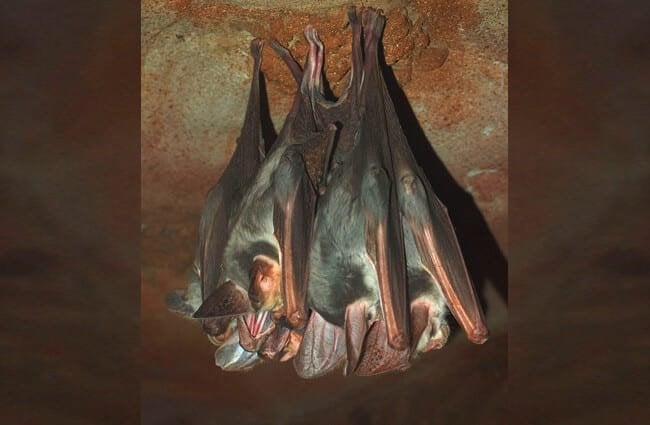
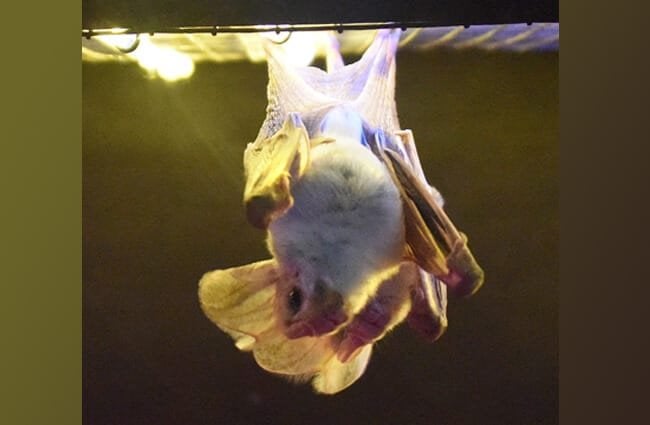
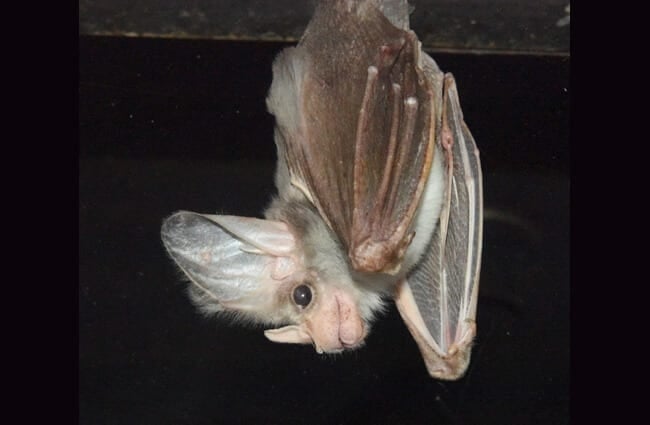
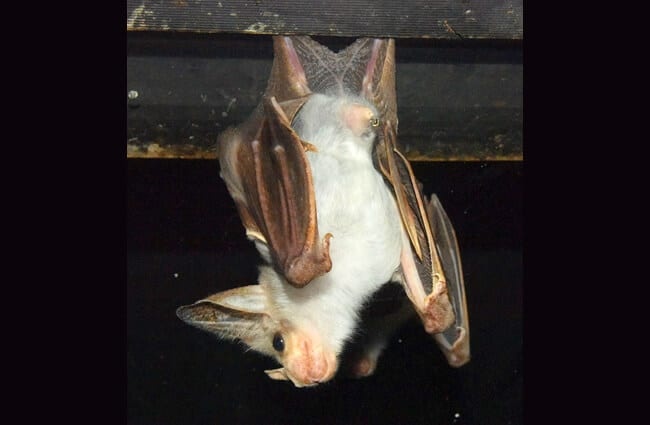


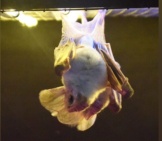
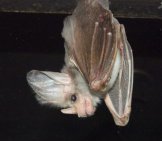
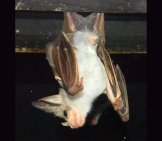
![Red Angus Closeup of a beautiful Red Angus cowPhoto by: U.S. Department of Agriculture [pubic domain]https://creativecommons.org/licenses/by/2.0/](https://animals.net/wp-content/uploads/2020/03/Red-Angus-4-238x178.jpg)


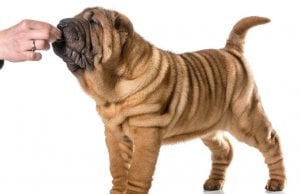









![Red Angus Closeup of a beautiful Red Angus cowPhoto by: U.S. Department of Agriculture [pubic domain]https://creativecommons.org/licenses/by/2.0/](https://animals.net/wp-content/uploads/2020/03/Red-Angus-4-100x75.jpg)

